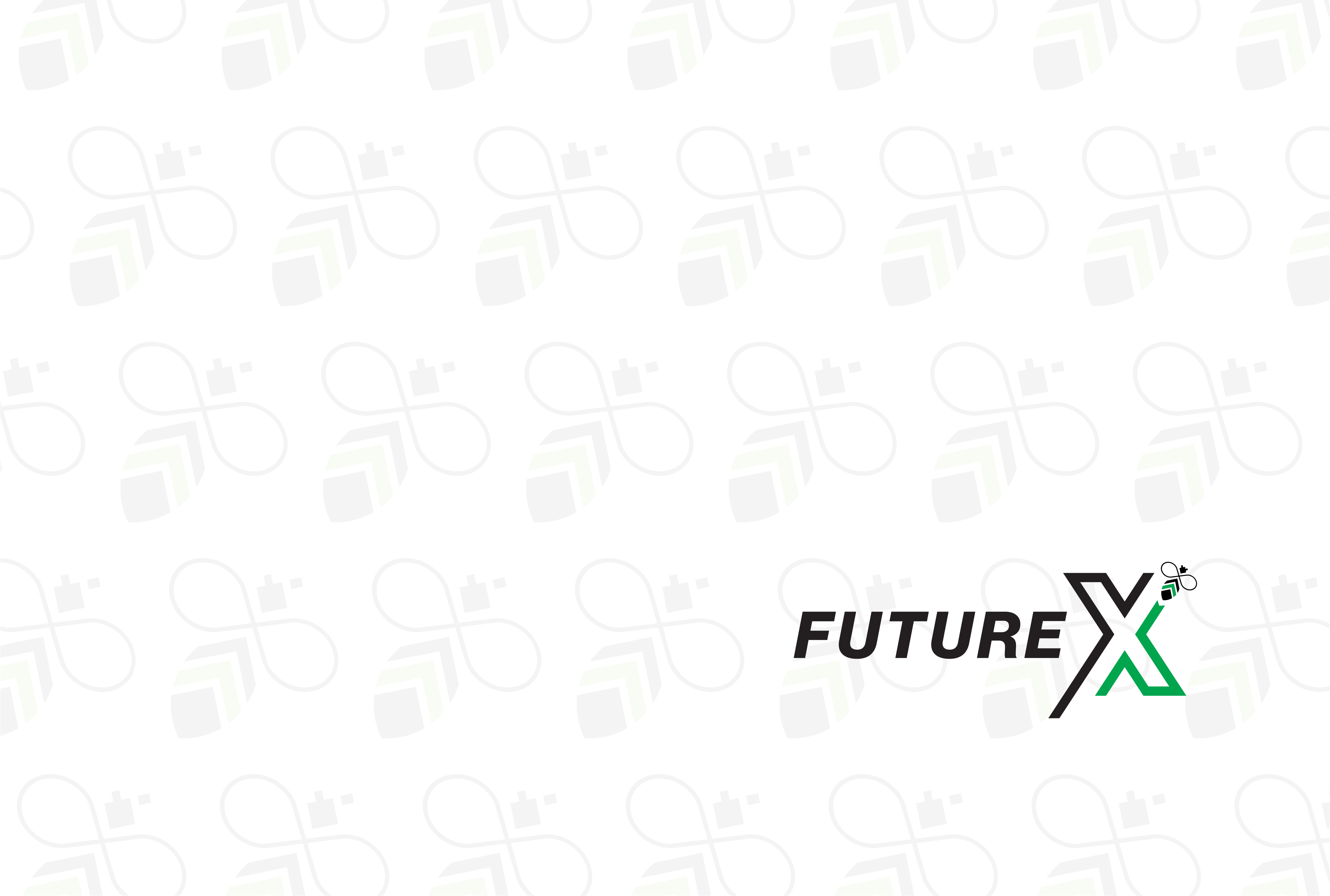The world around us is moving at an incredible pace, and industries are modernizing right in front of our eyes. This shift is due to the urgency to stay relevant and, more importantly, sustainable in a competitive, post-pandemic marketplace.
Within these modern industries are agents of change who hold various roles from the highest level of leadership to the operational level of the workforce. They have innovated to stay relevant and competitive. Their goal is to ensure they create products and services to meet the expected, fast-paced demands of their consumer. And their nimbleness has allowed them to succeed.
So why has Higher Ed struggled to modernize?
1. Comfortability
Humans are creatures of habit, and we are comfortable with what we know and do. The same goes for Higher Ed, which has relied on the same methodology and technology for decades. Even though these things slow institutions down and inhibit their innovation, Higher Ed is comfortable and unwilling to change.
The good news about the global pandemic is that it has finally forced Higher Ed to evolve the outdated practices that should have been changed years ago.
2. Title Ownership
People are entitled by their titles. Their assigned roles are heavy with accountability. This responsibility creates fear of failure but also over-empowers the role. The focus is on personal advancement, not on the advancement of the institution.
3. Boxed-In
Many leaders are insulated by their campus, laser-focused on internal operations. With their head down, it is difficult to imagine that their problems are the same problems that other institutions are facing. They believe that their problems are unique, so they cannot innovate in the same way as other schools.
Campuses are unique, but not as unique as their leaders may think. Enrollment sustainability, campus affinity, transfer rates, and technology are all top-of-mind within Higher Ed. All campuses need to evolve, and that evolution will be easier and more valuable if campuses look to each other for how to innovate.
On a large scale, campuses need to transform together. Then, once they’ve accomplished that, they can tailor their approach to fit their smaller, more unique needs. It’s time for Higher Ed to lift their head up and look to one another for ways to change.
4. Tenure Workforce
Faculty and staff (more often than we would like to admit) view tenure as a security blanket, and, once they are under it, they cease to improve upon their role. This goes back to the comfortability of Higher Ed. But comfort inhibits innovation.
Higher Ed is a competitive landscape, and faculty and staff must constantly strive to make improvements. If the tenure doesn’t go away, it at least has to change. It is among the many elements of Higher Ed that do.
5. Retirement Horizon
Similar to the tenured workforce, leaders, faculty, and staff who are within retirement age are not motivated to make improvements. Their sights are set on their personal advancement into retirement, not the advancement of the institution.
A common theme arises among tenure, retirement, and title ownership: the individual is placed above the organization.
What needs to change? Whether it’s a change in operations or a change in culture, Higher Ed needs to align their institutions’ value with the value to its faculty, staff, and students. There is no motivation for innovation within an organization that cannot inspire loyalty. To create loyalty, value must be placed on the campus experience, the services the university offers, and a shared mission.
So how do campuses address each of these struggles?
Try starting here: Consider every campus role with term limits. Put people on the clock and give them a set time frame to make an impact. This will create motivation that leads to innovation.
It will allow individual mobility to high-impact roles alongside the growing and evolving institution. It will also allow for others to get exposure to new jobs and experiences, creating a workforce with a diverse set of skills. All the while, campuses will benefit from innovative, driven faculty and staff who are striving to make a positive impact.
Innovative campuses are campuses that are constantly in motion, especially when it comes to the ever-changing technology that enables their innovation. Faculty and staff need to be nimble and comfortable in a fluid campus. And they have to start now.
As the new, post-pandemic era begins, will your institution be innovative? Or will it plant its feet in its old practices and get left behind?




















